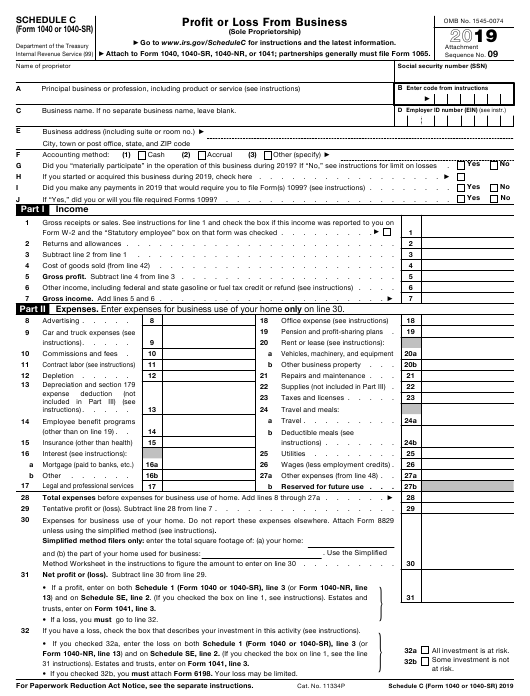



Schedule 1 also is where you’ll report adjustments to income, known as “above the line deductions.” They include things like contributions to a health savings account or self-employed retirement plan health insurance premiums for self-employed people and the student loan interest deduction.Ĭheck out the IRS Form 1040 Instructions for more information on the types of income and adjustments that go on Schedule 1. If you have any other sources of taxable income, such as from a business, rental property, farm or unemployment compensation, you’ll need to attach Schedule 1 to your Form 1040 to report those earnings. Retirement income from IRAs, 401(k)s, pensions and Social Security.The next few lines of Form 1040 provide lines for reporting several different sources of income, including: Using a nickname or married name (when you haven’t formally updated your name with the Social Security Administration) can result in your tax return being rejected for electronic filing or facing processing delays for paper returns. When entering your name and the names of your spouse and dependents, be sure to enter them exactly as they appear on their Social Security cards. The first half of Form 1040 asks some basic questions about your filing status, identification, contact information and dependents. From there, you can take Form 1040 step by step. Use one of the popular tax software programs like TurboTax, TaxAct or H&R Block, which will fill in your 1040 and other forms for youīefore getting started, gather all your tax documents, including your W-2s, 1099s and other records of your income and deductions.



 0 kommentar(er)
0 kommentar(er)
